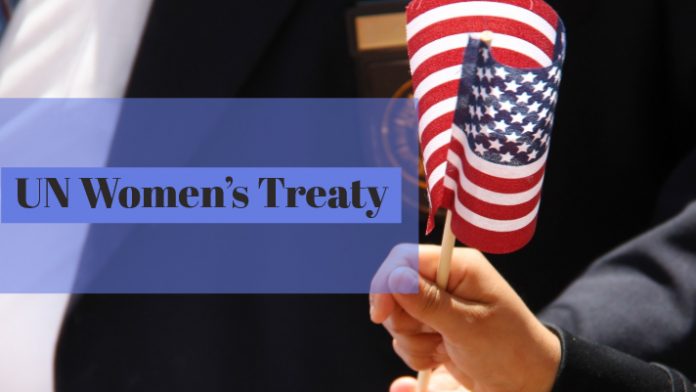Women Empowerment sounds good to our ears but on grounds, this word looks fancy only. News of the violence against women is so common that now we don’t get shocked or feel shattered after reading them. It’s an irony that when we all are celebrating the International Women’s Day at that moment only a woman is facing torture in some part of our country. Many reports and incidents force us to believe that India is not a safe country for the women but the more horrifying fact is that, India is not an exception. crime against women happens in every corner of the world.
Here the relieving factor is that many international, national and regional organizations are working for the betterment of the women. United Nations is working very aggressively to make the world a better place for women. United Nations consider violence against women as the human rights violation but still, women are facing so many threats in almost every country of the world.
On the occasion of Woman’s Day, let’s get some knowledge of the United Nations ’ Women’s Treaty and try to understand the vision of the UN for women population of this world.
United Nations’ Women’s Treaty
The United Nations adopted the Convention on the Elimination of All Forms of Discrimination against Women (CEDAW) on 18 October 1979. In other words, this convention can be described as an international bill of rights for women. This bill had 30 articles to define discrimination against women. CEDAW established an agenda to end the discrimination between both of the sexes and provide equality to men and women both by ensuring equal access to education, health, opportunities, and social and political life.
It is the only human right treaty which proclaims the reproductive rights of women. CEDAW was instituted on 3 September 1981 and 189 states ratified it. It was one of the most ratified international treaties. The prime focus of CEDAW was to condemn discrimination against women in all forms.
In 1994 the International Conference on Population and Development in Cairo Clearfield questioned the concept of a few important terms for women like women empowerment, gender equality and reproduction health etc. Although it was not a part of CEDAW it took 13 years to talk on these important issues associated with the life of women. So, a programme for empowerment and autonomy of women was initiated. The aim of this programme was to improve the political, social, economic and health status of women.
What is discrimination against women according to CEDAW
As per the Convention, the discrimination again women includes “any distinction, exclusion or restriction made on the basis of sex which has the effect or purpose of impairing or nullifying the recognition, enjoyment or exercise by women, irrespective of their marital status, on a basis of equality of men and women, of human rights and fundamental freedoms in the political, economic, social, cultural, civil or any other field.” (Ref: Wikipedia)
What is the importance of CEDAW
After so many years of CEDAW, it is still important because it ensures that female human should get equal access to all the resources and facilities. It talks briefly about the discrimination against women based on their sex. CEDAW talks about the substantive equality between men and women which is still not visible in many countries of the world. In male dominating society, CEDAW talks about equal rights which are the need of time in the 1990s and in 2019 as well.
The impact of CEDAW
CEDAW was adopted by the United Nations 30 years ago and since then it’s working to advocate equality to the women in the world. The impact of CEDAW is slow and hard-won on the lives of many women. But CEDAW is like a ray of hope for women who face discrimination. Here we need to be agreeing to this that CEDAW couldn’t destroy the gender-based discrimination but it get success to declare sex discrimination as a human right violation.
India’s stand on CEDAW
India ratified the Convention of the Elimination of all forms of Discrimination against Women (CEDAW) treaty in 1994. India’s constitution also gives equal rights to all its citizens; male or female. Apart from this India has many laws which help the Indian women to lead a lift of equality. But to consider women and men as equal the Indian society will have to change their mindset as at rural areas still, women need to struggle a lot.
Conclusion
The Convention on the elimination of all forms of discrimination against women (CEDAW) talks about equality which women are struggling for from a long time. Here we need to understand that women don’t want the equal rights they want the right to be equal. Today we (women) are blessed as we can have access to many facilities but has the society started to consider us as equal as men? Do the girls get the same facilities as boys? We cannot call us civilized until we get the affirmative answers to these questions.











































